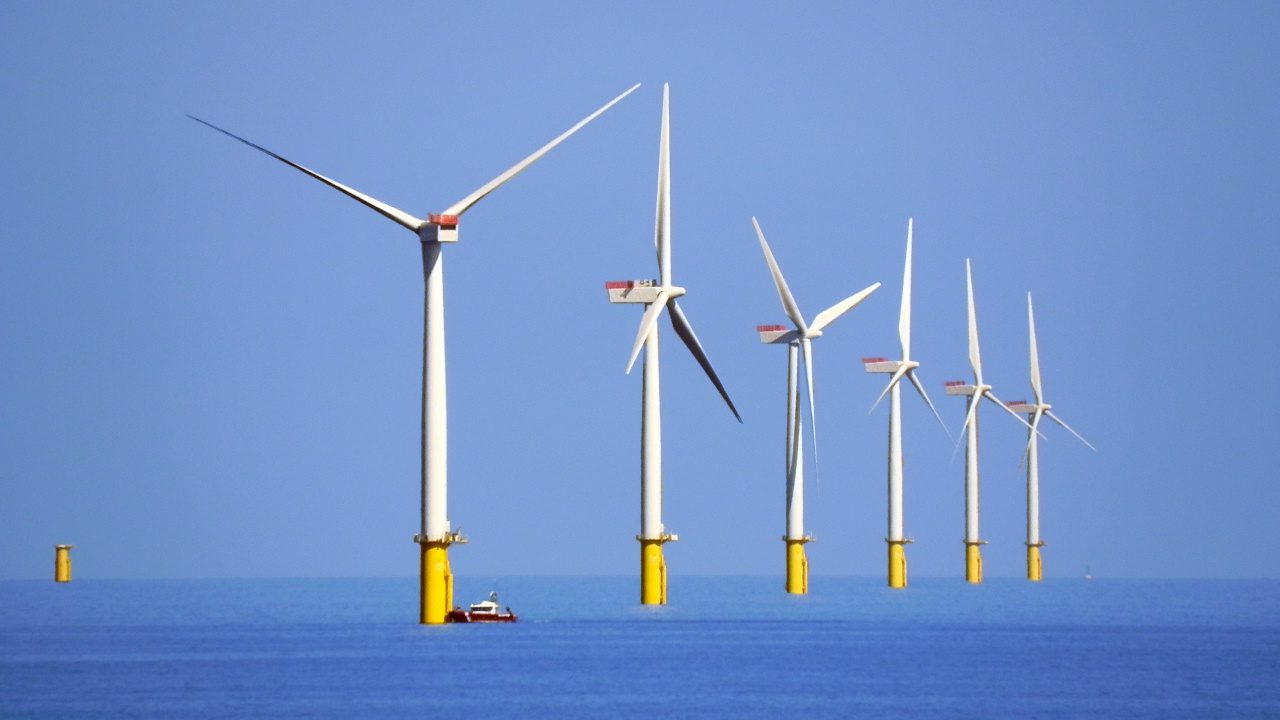The European Commission has found support to six large offshore wind farms in French territorial waters to be in line with EU state aid rules.
In a statement confirming the matter, the commission said the measures will help France reduce carbon dioxide emissions, in line with EU energy and climate goals, without unduly distorting competition in the single market.
France intends to support six offshore wind farms for electricity generation.
These are the first selected offshore wind projects supported by France, according to the commission.
Each of the wind farms will be composed of 62 to 83 turbines with an installed capacity of 450 to 498 megawatts per farm.
The selected installations will receive support in the form of feed-in tariffs over a period of 20 years. The construction of the first of the wind farms is to start this year and they should be operational as of 2022.
Once finalised, the wind farms will increase France’s renewables generation capacity by about three gigawatts, according to the European authority.
The commission assessed the six support measures under EU state aid rules, in particular the commission’s 2008 guidelines on state aid for environmental protection.
- The support measures will help France boost its share of electricity produced from renewable energy sources to meet its climate targets, in line with the environmental objectives of the EU; and
- The level of aid granted to the six projects is proportionate and does not entail overcompensation of the beneficiaries, in line with the requirements of the guidelines.
On this basis, the commission concluded that the measures will encourage the development of renewable energy and will help France meet its climate targets, without unduly distorting competition.
